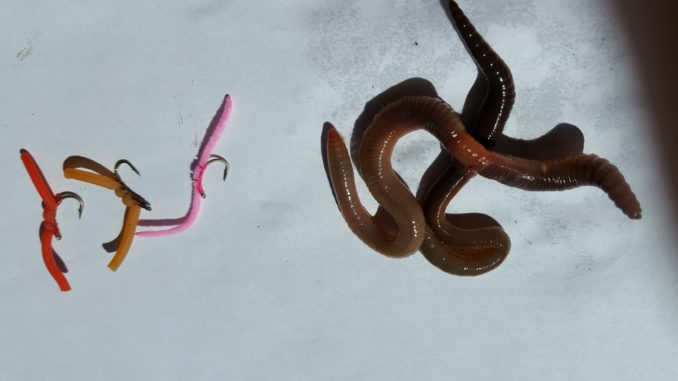
Terrestrials are No. 1 on a trout’s summer menu
Summer is the season of bugs, all kinds of bugs, the ones that crawl, fly or hop: beetles, inchworms, grasshoppers, crickets, bees, ants, caterpillars, crane flies, fireflies. No matter what kind of insect it is, you can find a fly that imitates it closely enough to make a trout believe it’s the real thing.
Summer hatches often are spotty, especially in mountain streams, and trout depend on the abundant supply of terrestrials for sustenance. Terrestrials usually begin showing up in late May and June, and insects that fall or get blown into streams become a major part of a trout’s diet until the first freeze of fall either kills them or sends them underground to await another season.
Since terrestrials usually are found in trees, bushes and grass along stream edges, the most-effective way to fish them is to cast close to the banks, where they are more likely to fall or land in the water.
Two patterns that always ensure success are inchworms (floating or sinking) and hoppers. The Jack Cabe Hopper is considered by many veteran mountain fly fishers as one of the best trout flies made. It was originally tied by the late Jack Cabe of Highlands, a renowned fly fisher and guide. Other effective patterns are Joe’s Hopper, the Letort Hopper and Dave’s Hopper, which usually are easier to find than the Cabe Hopper.
Inchworms are excellent patterns because they work just about any place in a stream, from pools to riffles. I prefer bead-head patterns because the fly tumbles more like a real inchworm, and the added weight gets the fly down into deeper water, an important factor when fishing in hot weather.
Yellow, brown or black Humpy patterns are good beetle imitations because of the fly’s bulbous body. Black ants tied either with foam or dubbing are good for late August and early September. If you see trout feeding under tree overhangs and there’s no wind, they usually are feeding on beetles. If the wind is blowing, an ant pattern is recommended because ants are more likely to be blown into the water than beetles.
Insects don’t just jump in the water; they either land there accidentally or they are blown in. Ant patterns are especially effective in flat water under low‑hanging limbs. An effective technique for ants and hoppers is to let the fly ride on the surface and give it an occasional twitch to make it appear like a live insect struggling in the water.
Patterns such as the Yellow Stimulator, the Tellico Nymph, Elk Hair Caddis, Tennessee Wulff and Yellowhammer also are good summer flies. They don’t imitate any insect in particular, but they do resemble common terrestrials enough to fool a trout.
Two flies that imitate worms also get a plenty of action: the Squirmy Wormy and San Juan Worm. The Squirmy Wormy, made from a short section of silicon rubber tied to the shank of a hook, resembles an earthworm. The San Juan Worm has a chenille body and resembles a caterpillar.
One pattern that has been making the rounds lately is the Mop Fly, which is constructed using the fibers of mops or car-wash mittens. Trout will go out of their way to hit a Mop Fly no matter how it’s used. One story making the rounds on the internet is that a veteran guide and fly fisher won the U.S. National Fly Fishing Championship with a Mop Fly. The fly is simple to make (instructions are available on You Tube). The most effective colors are yellow, black and neutral.
If you aren’t a purist and just want to catch a mess of trout to eat, go with the live versions of insects: junebugs, crickets, grasshoppers, inchworms, wasp larvae, meal worms, red worms and the standard for most bait fishers: night crawlers. If you fish with live bait, make sure you fish hatchery-supported streams or streams designated as wild trout/natural bait waters. The use of live bait is prohibited on wild trout streams in North Carolina and on a handful of South Carolina streams.
The best streams to fish in the summer are backcountry streams that have plenty of cover to keep the water comfortably cool for trout to thrive. Guides usually quit delayed-harvest streams as soon as the season changes to catch-and-keep rules. The majority of the stocked fish usually are caught within two weeks after the change in regulations, but many small delayed-harvest streams offer good fishing throughout the summer.

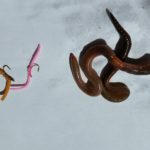
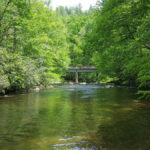
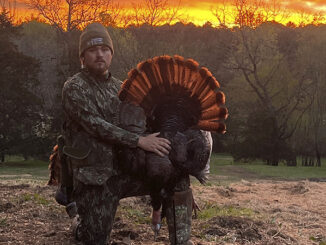
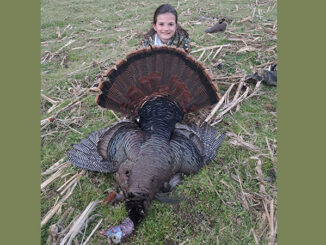


Be the first to comment